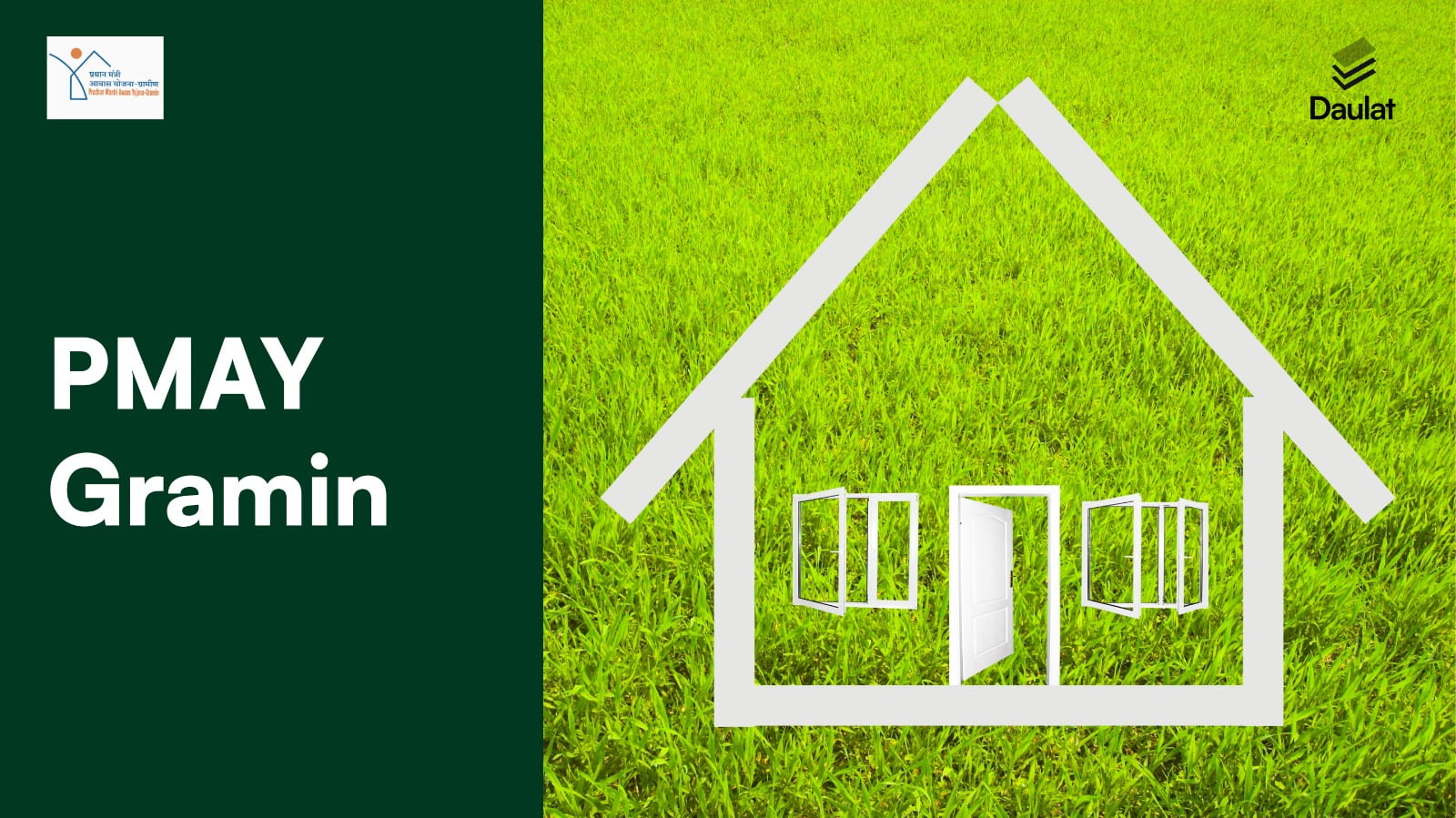In a country as diverse and populous as India, ensuring adequate housing for all citizens is a monumental challenge. Recognizing the importance of housing as a basic human right and a fundamental component of socio-economic development, the Government of India introduced the Pradhan Mantri Awas Yojana Gramin (PMAY Gramin) scheme. This ambitious initiative aims to provide affordable and quality housing to rural households across the nation. In this blog, we’ll delve into the PMAY Gramin program, its objectives, key features, and its impact on rural India.
What is PMAY Gramin?
The Pradhan Mantri Awas Yojana Gramin, often referred to as PMAY Gramin or PMAY-Rural is a flagship program of the Government of India launched in 2016. It is an extension of the earlier Indira Awaas Yojana (IAY) and seeks to address the housing needs of the rural poor.
Objectives
The scheme aims to provide affordable and quality rural housing, empower women, create jobs, improve living conditions, and ensure sustainability.
- Providing Shelter: The primary goal of the scheme is to provide pucca (permanent) houses with essential amenities to all eligible rural households.
- Promoting Livelihood Opportunities: The scheme aims to create job opportunities in the construction sector by engaging local labor, especially women and marginalized communities.
- Empowering Women: It promotes the ownership of houses in the name of women or jointly with men, ensuring gender equality.
- Sustainable Housing: The program encourages the use of environmentally friendly and sustainable construction techniques.
Key Features
- Beneficiary Selection: The selection of beneficiaries is done through a transparent and technology-driven process. The Socio-Economic and Caste Census (SECC) 2011 data is used to identify and prioritize eligible households.
- Financial Assistance: Under the program, eligible beneficiaries receive financial assistance in the form of a direct transfer to their bank accounts similar to that of the KCC scheme for agriculture. The amount is fixed based on the hilly or plain region, with additional funds for the construction of toilets.
- Housing Design: Houses built under the scheme adhere to minimum quality standards and are designed to be disaster-resistant.
- Convergence: The scheme encourages convergence with other government programs to provide facilities such as electricity, water supply, and sanitation.
- Monitoring: The progress of construction is closely monitored through the use of the AwaasSoft application, ensuring transparency and accountability.
Impact of PMAY Gramin
Much like the NSAP, the National Social Assistance Program focuses on securing retirees’ futures, with a similar dedication to society’s welfare, providing permanent shelter and yielding the following benefits.
- Improved Living Conditions: The scheme has significantly improved the living conditions of rural households by providing them with safe and permanent housing.
- Empowerment of Women: The scheme’s focus on women’s ownership has empowered them and strengthened their position within their households and communities.
- Economic Benefits: The scheme has generated employment opportunities in rural areas, particularly for marginalized sections of society.
- Reduction in Open Defecation: The provision of toilets in the scheme houses has contributed to the government’s efforts to eliminate open defecation and improve sanitation.
- Social Inclusion: The program has helped in reducing homelessness and ensuring that the benefits reach the most vulnerable and marginalized sections of society.
Challenges and the Way Forward
While the scheme has made significant strides in rural housing, challenges remain. Land-related issues, timely fund disbursal, and effective monitoring are areas that need continuous improvement. Additionally, the government must ensure the sustainability of houses and the provision of basic services like electricity and clean water.
In conclusion, the Pradhan Mantri Awas Yojana Gramin is a transformative initiative that seeks to provide rural households with dignified living conditions. By focusing on shelter, livelihood, and empowerment, it is not just building houses; it is building a brighter future for rural India. As the program evolves and adapts to changing needs, it promises to be a catalyst for inclusive growth and development in the country’s vast rural landscapes.
Frequently Asked Questions
FAQ 1: What is PMAY Gramin and who is it intended for?
Answer: PMAY Gramin, short for Pradhan Mantri Awas Yojana Gramin, is a government scheme in India aimed at providing affordable and quality housing to rural households. It is intended for families living in rural areas of the country who lack access to proper housing and live in inadequate or makeshift dwellings.
FAQ 2: How are beneficiaries selected under the scheme?
Answer: Beneficiary selection for the scheme is based on the Socio-Economic and Caste Census (SECC) 2011 data, which helps identify and prioritize eligible rural households based on their socio-economic conditions. The government uses a transparent and technology-driven process to ensure fairness in beneficiary selection.
FAQ 3: What financial assistance is provided under the scheme?
Answer: The scheme provides financial assistance directly to eligible beneficiaries’ bank accounts. The amount varies based on whether the beneficiary resides in a hilly or plain region. Additionally, extra funds are allocated for the construction of toilets to promote sanitation and hygiene.
FAQ 4: Is there a focus on women’s empowerment in the scheme?
Answer: Yes, the scheme places a strong emphasis on women’s empowerment. Houses constructed under the scheme are encouraged to be owned by women or jointly with men, ensuring gender equality and empowering women in rural communities.
FAQ 5: How is the progress of PMAY Gramin construction monitored?
Answer: The progress of housing construction under the scheme is closely monitored through the use of the AwaasSoft application. This technology allows for real-time tracking of construction activities, ensuring transparency and accountability in the implementation of the program.





